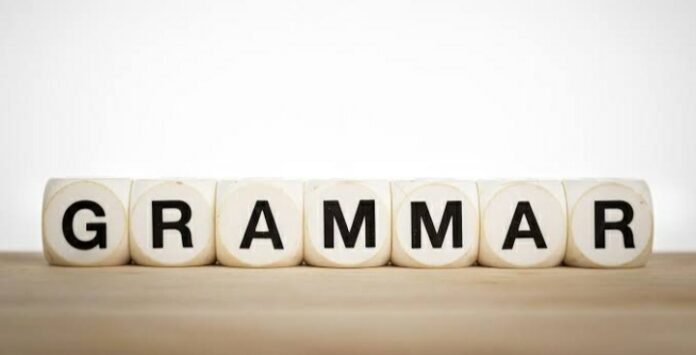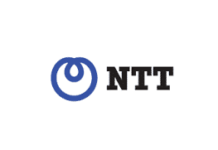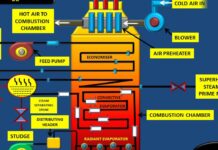This is the most simple and important part of the English language composition . Among many , only few of us uses the punctuations in an appropriate manner .
Let’s know about Punctuation in detail.
What are Punctuations ?
Punctuation marks are used to put pauses in a written sentences or a passage to communicate the intended meaning better and clearly.
Read the following sentences :
(a) Rohan has composed a music .
(a statement ending with the full stop )
(b) Rohan has composed a music !
(An exclamatory sentence with an exclamation mark)
In the above Sentence it is clear that the position of punctuations is very important , because same group of words can be used to make a statement or to express surprise.
Similarly , the changes in position of punctuations changes the thought or meaning of the group of words.
Important punctuation marks & their symbols :
| Punctuation mark | Symbol |
| • Full stop | ( . ) |
| • Comma | ( , ) |
| • Semi colon | ( ; ) |
| • Colon | ( : ) |
| • Question mark | ( ? ) |
| •Exclamation mark | ( ! ) |
| • Inverted commas | (” “) |
| • Apostrophe | ( ‘ ) |
| • Dash | ( – ) |
1)Full stop ( . )
• It marks the greatest pause and separation.
Usage :
• to mark the end of statement , a command , a request or an instruction.
• Use a full stop after an abbreviation .
Examples :
• Bhopal is a City of lakes . ( Statement)
• P.M. ( Prime Minister )
2) Comma ( , )
• It represents the shortest pause.
Usages & Examples:
• To Separate a series of words in the same construction.
e.g., Ram , Laxman , Bharat and Shatrughan.
• a comma is not generally placed before a word preceded by and .
• to separate each pair of words connected by and
e.g., Romeo and Juliet , Laila and Majnu were the ideal couples.
•to mark off a noun or phrase in apposition
e.g., Milton, the great English poet , was blind.
3) Semicolon ( ; )
• It represents a pause of greater importance than that shown by the comma.
Usage and Examples :
• It separates pairs of words .
e.g., Cease , seize ; board , bored are homophones.
• to separate a series of loosely related clauses
e.g., God gave her peace ; her land reposed .
• to separate the clauses of Compound sentence , when they contain a comma
e.g., He was a brave , large – hearted man ; and we all honoured him.
4) Colon ( : )
•It represents more complete paused than that expressed by the semicolon.
Usage and Examples :
• To introduce a quotation
e.g., Teacher said : Honesty is the best policy
• to introduce a list
e.g., I purchased : a comb , a juice can and a pen.
5) Question Mark ( ? )
Usage and Examples
• at the end of the interrogative sentences.
e.g., What is your name?
• at the end of the indirect question , we do not use a question mark but we use a full stop .
e.g., She asked me whether I had completed my work.
6) Exclamation mark ( ! )
Usage and Example
• After exclamations or expression of strong emotions .
e.g., Hurrah ! We have won the tournament.
7) Inverted commas (” “)
Usage and Example
• To enclose the exact words of a speaker, or a quotation .
e.g., Elina said – “My Purse is heavy “.
• If a quotation occurs within a quotation, it is marked by single inverted commas.
e.g., “You might as well say ,” added the Lewis , ” that ‘ I like what I get ‘ is the same thing as ‘ I get what I like.'”
8) Dash ( – )
Usage and Example
• to indicate an abrupt stop or change of thought.
e.g., If my wife were alived – but why lament the past ?
9) Apostrophe ( ‘ )
Usage and Example
• to show the omission of a letter or letters ;
e.g., Don’t, I’ve
• to form the plural of letters and figures
e.g., There are two t’s in twenty.





